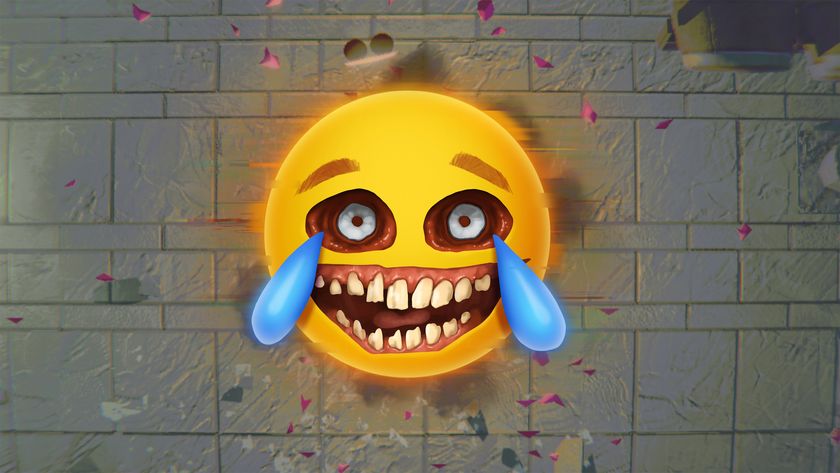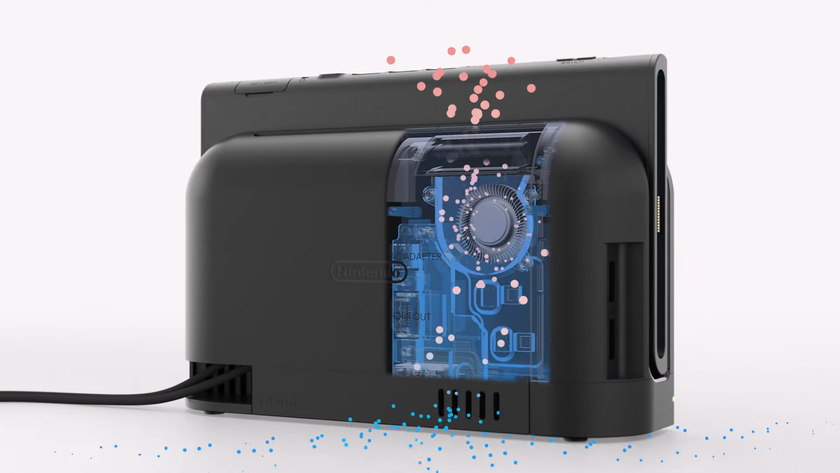The issues surrounding the treatment of SD consoles by HD sets will be applicable to just about anyone who chooses to plug their older machines into their new display.
Unless you're prepared to have a CRT lying around, cabling (specifically cable quality) will be a major determinant of standard-definition picture quality in the HD era.
Unsurprisingly, the cables considered best in the current generation will enjoy similar popularity in the next, though there's uncertainty as to whether S-Video or RGB comes out on top.
The problem is that not even the most expensive cables will eliminate the inherent blur of a badly deinterlaced image. Whenever an HDTV receives a signal at odds with its native resolution, it has to convert the image itself.

Above: In case you were wondering, 720p draws a progressive image at a resolution of 1280x720 pixels
If that process merely involves scaling an already progressive image from one resolution to another, it can typically be achieved quickly enough to avoid any noticeable lag.
Sign up to the 12DOVE Newsletter
Weekly digests, tales from the communities you love, and more
Deinterlacing an image (typically from 480i to 480p prior to upscaling), however, is a more demanding proposition. Few televisions are constructed with fast-moving videogames in mind, and thus feature internal processors optimised for high image quality rather than fast processing speed. The result, in most cases, is noticeable lag.
The harsh and somewhat inevitable truth regarding HDTV is that there are few easy answers. Furthermore, even the most comprehensive checklist won't anticipate your individual criteria - the dimensions of your house, for example.













